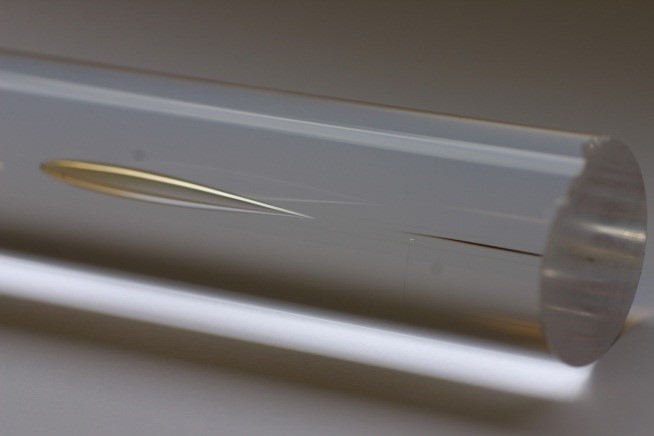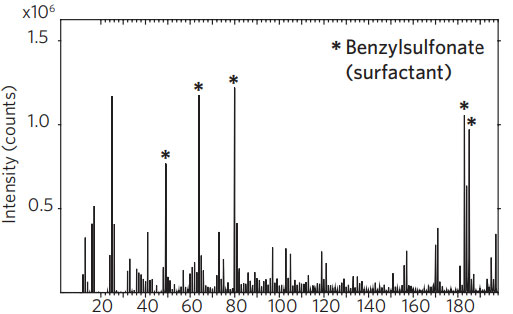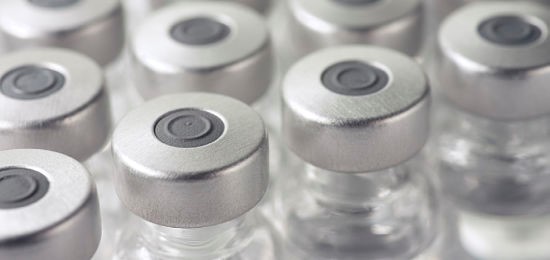
A Little Spark: Testing Electrochromic Glass for Material Characterization and More
Electrochromic Glass, also known as smart glass, is a newer technology which allows users to turn glass opaque when needed, and clear when not.
Home » Glass

Electrochromic Glass, also known as smart glass, is a newer technology which allows users to turn glass opaque when needed, and clear when not.

In the full webinar we will focus on analyses of modified glass surfaces and thin coatings using Secondary Ion Mass Spectrometry (SIMS).

XRD and EDS analysis of refractory materials that are typically used in glass tank furnaces are zirconia, alumina and silica-based bricks.

The chemical composition of all kinds of glass defects can be determined by SEM combined with EDS, XRF, Auger, and RGA.

Investigation of the layer structure, identity and composition of an unknown coating system can be done in several ways.

Glass development and glass product verification requires the measurement of composition with high accuracy.

The XPS surface analysis tool ensures evaluation of cleaning efficacy to monitor contamination efficiency.

EAG has unmatched expertise in glass analysis, research and investigation

In the full webinar we will focus on Glass Analysis looking at Chemical and Physical Measurements to address manufacturing issues

For over 40 years, EAG has been involved in the entire glass value chain, from raw starting materials to final products.

Glass faults or defects are inherent to the glass production process. In order to identify a defect, a range of techniques can be used

Application of SIMS, XPS/ESCA, SEM and ICP-MS to test for appearance of glass lamellae in parenteral pharmaceutical solutions, by EAG

SIMS analysis is used to measure trace impurities in various materials such as semiconductors, metal, and insulating materials

Ion-exchanged glass is used in a variety of applications where strength, durability, and resistance to damage are important. Applications like smartphone screens.

Viscosity is an important parameter for optimized glass processing, such as the viscosity temperature relationship of a glass.

Low-E Coatings on glass are a high efficiency protection of a glass surface for transparency. These coatings help the glass become energy efficient to allow the sunlight to come in or reflect out.
To enable certain features and improve your experience with us, this site stores cookies on your computer. Please click Continue to provide your authorization and permanently remove this message.
To find out more, please see our privacy policy.